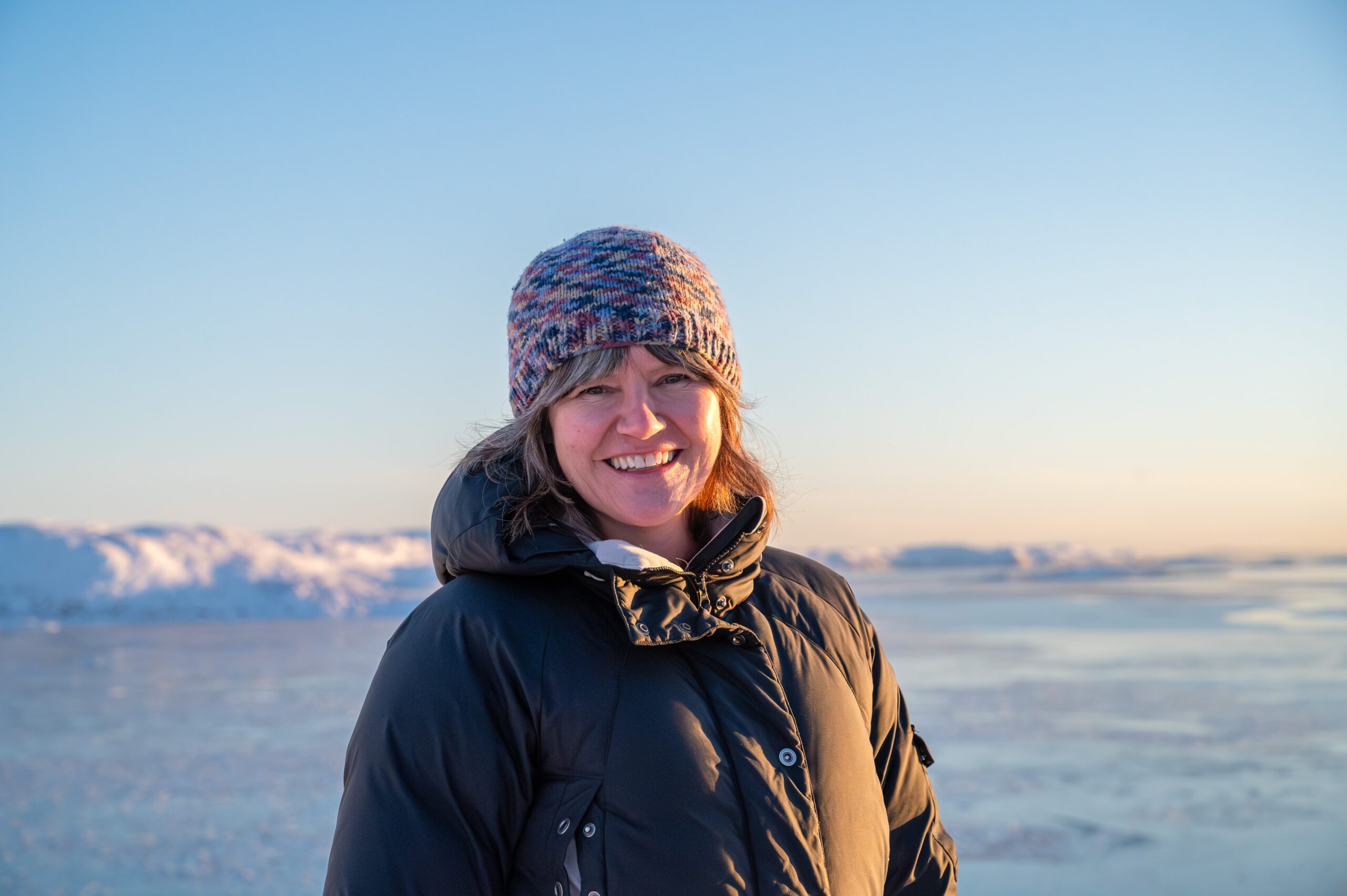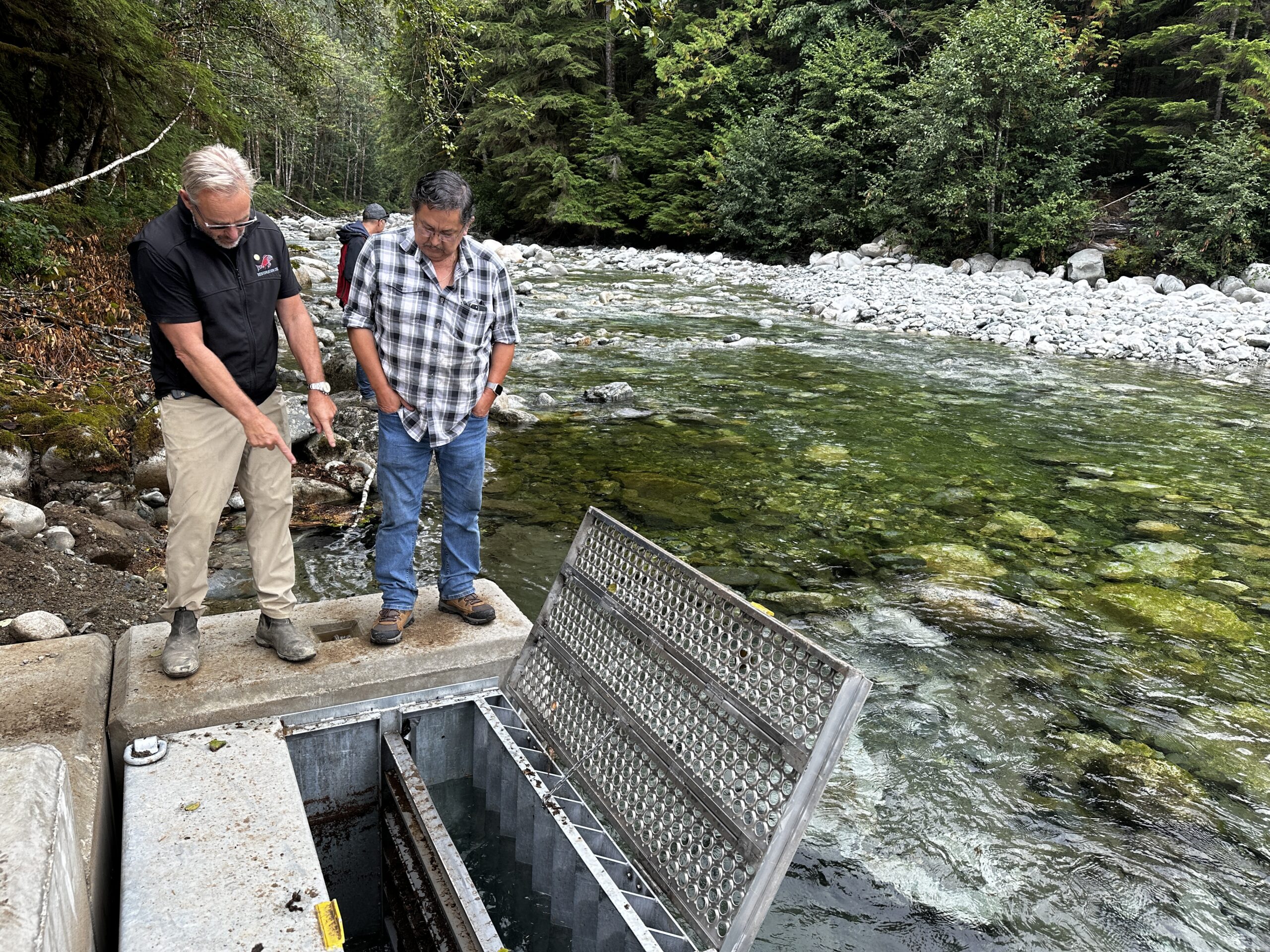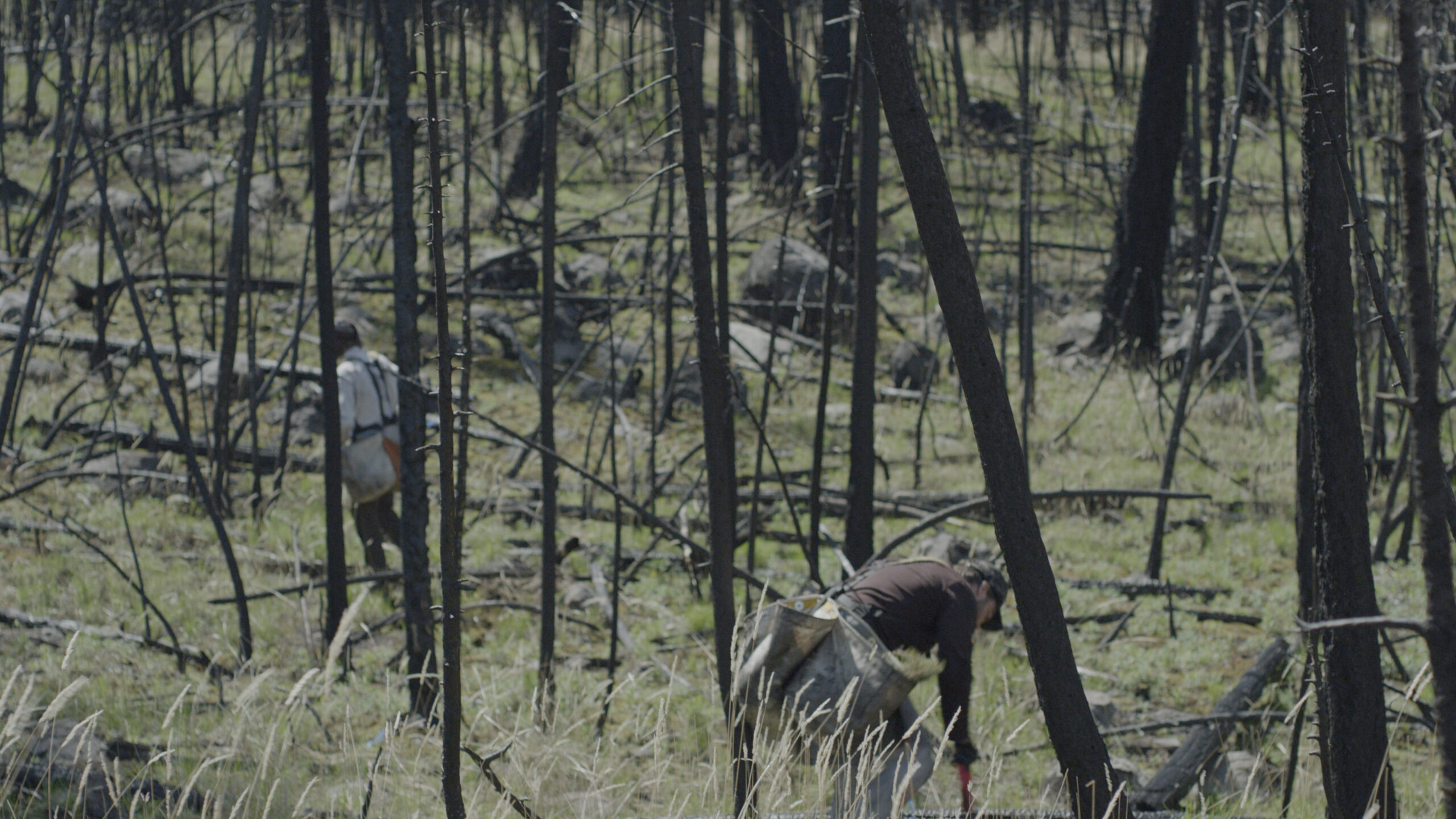Megan Leslie offers sneak peek at our ‘big and ambitious’ 2024
Happy new year and happy new opportunities to make a difference, together, for nature. To give you a sneak peek into 2024, WWF-Canada president & CEO, Megan Leslie, is sharing some of what we have in store.
When I look back at 2023, I feel a huge sense of accomplishment for all the work we’ve been able to do at WWF-Canada — but I don’t like to look back for too long because we’re aiming for an even bigger year!

Of course, we’re still working towards our big, bold goals to Regenerate Canada. We’ve made progress, but we still have a lot of work ahead to make sure we achieve our goals of stewarding 100 million hectares of nature, storing 30 million tonnes of carbon and restoring 1 million hectares of lost habitat.
This past year’s catastrophic wildfires have shown us that protecting nature is not enough — we also have to restore it. We know the restoration of damaged ecosystems in Canada is critical to many things. To reversing the loss of biodiversity. To supporting the priorities of Métis, Inuit and First Nations. To maximizing the uptake of ecosystem carbon from the atmosphere to fight climate change.
We also know from experience that restoration projects can be expensive, and that the organizations leading restoration efforts across the country are acting largely on their own, without the perspective of how their work is contributing to collective results.
A few years ago, freshwater conservation in Canada had a similar “silo” problem. Many groups were working in isolation and, as a result, we had a fractured and inaccurate idea of freshwater health and threats in Canada.

So, WWF-Canada created a common database for sharing information between groups — which we called the Watershed Reports — and used it to identify areas where more action and support was needed.
Now we’re applying that same collaborative and data-driven approach to restoration. This year, we’ll begin bringing together landholders and rightsholders across Canada to track, monitor and increase major restoration efforts. This will ensure we’re on track to reach both our Regenerate Canada goals and global goals for nature, like the ones in the historic Global Biodiversity Framework signed at COP15 in Montreal last winter.
What else are we doing in 2024?
Well, our support for Indigenous-led conservation will continue to grow this year as we open the Indigenous Protected and Conserved Areas Support Fund. As Indigenous communities consider protection for their lands, they need a wide range of support and resources, from mapping to knowledge exchange between communities.
To help, we created this fund to provide grants to Indigenous communities and organizations so they can get that important work done. We hope the fund will facilitate discussion, overcome hurdles and support capacity for long-term implementation of Indigenous knowledge and priorities.
We’re also expanding existing programs this year. We’ll make it easier to measure the climate benefits of conservation by supporting Indigenous communities to monitor carbon in landscapes and seascapes.

And we’re growing our support for the Secwepemcúl’ecw Restoration and Stewardship Society (SRSS) in B.C. as they scale-up restoration efforts in the wake of devastating wildfires. They’re aiming to plant 1 million trees per year by 2026 — and then 10 million annually by 2030! — creating jobs and increasing community well-being along the way.
And building on the success of our No Dumping campaign, we need you help tell the government that we need an underwater noise strategy now to protect marine species threatened by the rising roar of ships, seismic blasts, and oil and gas activities.
These are just a few of the projects we’re excited to launch this year. We know these are big and ambitious — and you should know that we’re only able to take them on because of your support. Thank you.

